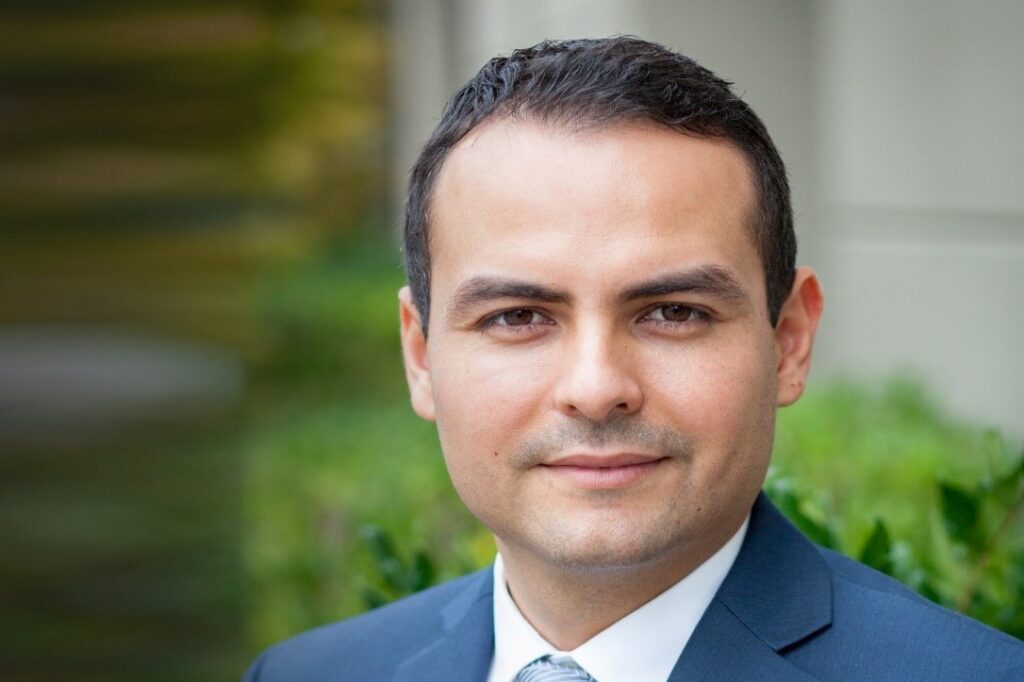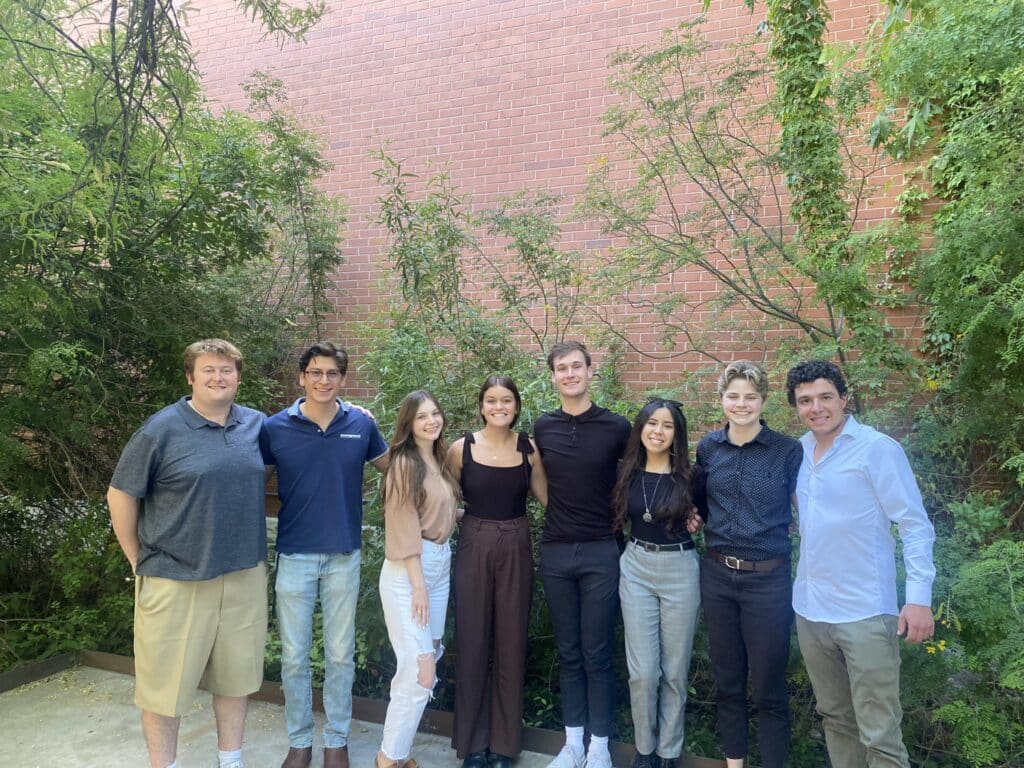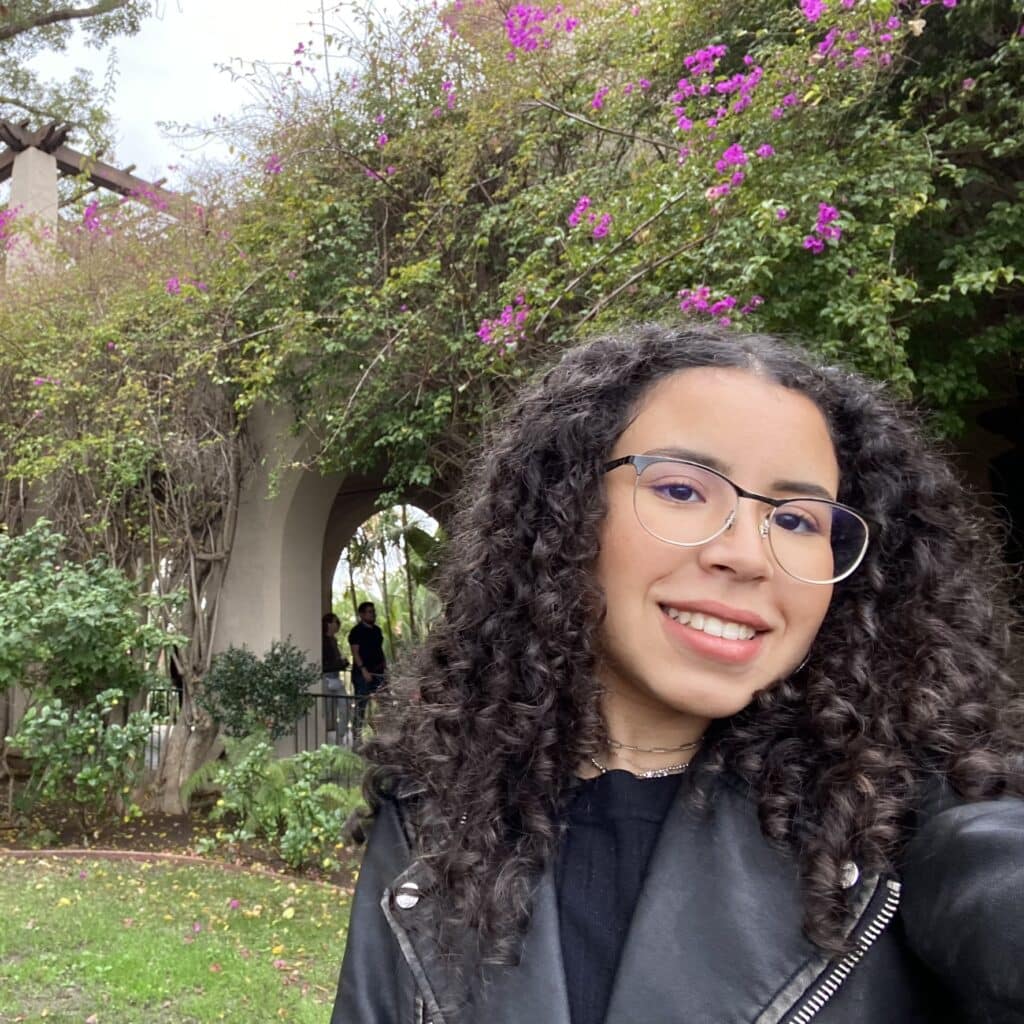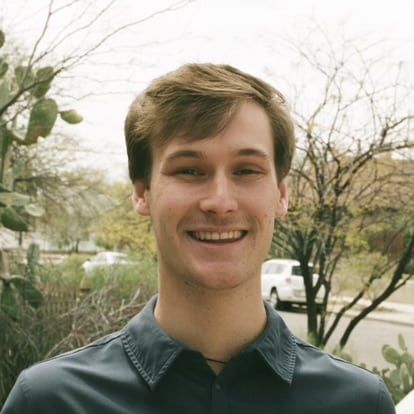Bank of America Affordable Housing Challenge: Building Tomorrow’s Housing Leaders
By Pamela Martineau
7 min read
For 33 years, Bank of America (BofA) has worked to develop the next generation of affordable housing leaders through its Affordable Housing Challenge, a competition in which students design an affordable housing project from concept through funding and developable plan.
BofA’s competition, launched in the early 1990s, allows undergraduate and graduate students to learn the complexities of affordable housing and development. The contest, previously called the Low Income Housing Challenge, also provides many students with their first glimpse into the myriad careers available in the affordable housing space, leading some to consider housing as a career path.

“The ultimate goal of the competition is to educate, inform and attract the next generation of affordable housing professionals and leaders, exposing them to an industry that they might not be familiar with,” explains Daniel Rodriguez, senior relationship manager of Community Development Banking (CBD) at BofA and the national coordinator for the Challenge.
Rodriguez was a Challenge participant in 2016 as a graduate student. After he graduated, he was hired for a full-time role on the CDB team at BofA. He has remained in the job since, also taking on the role of coordinating the competition.
Rodriguez says he has seen many students go into various career paths within affordable housing after competing in the competition, including taking jobs in the public sector, development, architecture and finance. The contests are judged by people in the industry who sometimes provide students with contacts for future jobs. Growing the next generation of housing leaders is a key goal of the Challenge, Rodriguez says.
“Especially with the housing crisis we are facing, bringing in (to the industry) folks who can tackle these difficult projects is extremely important,” Rodriguez says.
Multidisciplinary Teams Tackle Every Element of Affordable Housing Projects
Held annually between January and April, students from universities across the nation join in teams to participate in the competition. The teams are multidisciplinary and often include students studying finance, architecture, planning or other policy fields. Over 700 students have competed in the Challenge since its inception 33 years ago. At some universities, students receive credit for participating.
Working with an academic advisor and a developer sponsor, each team is tasked with creating an affordable housing project plan, from identifying community needs and an appropriate site to project building design and funding. As they develop their projects, students engage in feedback sessions with their advisors and sponsors, who help them maneuver through issues and anticipate sticking points. Students present their final projects to a panel of jurors with expertise in affordable housing, finance and architecture.
“Our jurors do provide feedback to participants,” explains Rodriguez. “It is great that students seek to propose beautiful projects, but we want to make sure they understand what it takes to make it feasible…We definitely stress to students that their project has to be feasible under current economic and market conditions, so they need to understand tax credit programs and state, city or county requirements.”
Rodriguez adds that the jurors are “very experienced” professionals “who have been in the industry a long time.”
Jurors provide feedback throughout the project development process and decide which teams advance to the finals and which team ultimately wins.

Darren Bobrowsky, senior vice president, Capital Market Group with USA Properties Fund, has served as a juror with the competition for the past three years. He says it is “extremely rewarding” to see students develop affordable housing projects.
“It amazes me each year to see teams of college students come together from different areas of study to work together toward creating affordable housing developments using real-life planning, architecture and financing requirements,” says Bobrowsky, adding that it is a judge’s goal to help each team understand the opportunities and constraints of development.
“It gives me great satisfaction when a team takes judges’ feedback to improve their project and make it something real,” he says. “The Challenge exposes these participants to the world of affordable housing and its career opportunities.”
Extended Reach of the Challenge
The Challenge was formerly focused only on schools in the western United States, but BofA broadened the contest scope in recent years to be national. Last year, eleven teams from six universities participated in the Challenge. Universities included UC Berkeley, Stanford, Cal Poly San Luis Obispo, UC Irvine, University of Arizona and Cornell. The University of Arizona won the competition with its Sentinel Vista project, a transit-oriented community of 81 affordable homes proposed near downtown Tucson.
Rodriguez says that over the years, some developers have actually used elements of some students’ proposed projects in real projects that were ultimately built. Some design elements of a project put forth by Cal Poly students were used by a developer in the San Luis Obispo area, something that was particularly exciting for the students.
“You see how the students get invested and become very passionate…,” says Rodriguez. “They get out there and they might get support from a local politician saying they would support this project if it were not theoretical.”
Rodriguez stresses that the Challenge is not just about teaching students how to develop a project from the ground up. It’s also about recruiting new talent into the affordable housing field.
“As in many industries, and certainly in affordable housing, we want to make sure we bring in new talent as we see people retiring and stepping aside,” he says.
University of Arizona Team Wins
2024 Bank of America
Affordable Housing Challenge

A student team from the University of Arizona won the 2024 Bank of America (BofA) Affordable Housing Challenge with its plan for an 81-unit, transit-oriented, medium-density project proposed for land near downtown Tucson.
The project, dubbed Sentinel Vista, was one of the 11 proposed projects put forth by student teams in this year’s Affordable Housing Challenge.
University of Arizona architectural students Souhayla Farag and Cameron Noble were part of the winning team. They both said the experience was highly rewarding.

“I decided to enter this competition because I want to build affordable housing in the future, so I wanted to get a chance to see what that would be like,” explains Farag.
Noble says he particularly enjoyed working with a team on the project.

“I learned it is really enjoyable and rewarding to work in a larger team and work through the democratic process on design and create a project that can benefit the community,” adds Noble.
The Sentinel Vista project was proposed for a 2.96-acre lot owned by the city of Tucson that would be leased from the city for 99 years at $1 a year. The project would include one-, two- and three-bedroom units, and offer 87 residential and 22 frontage parking spaces. The overall construction budget was pegged at $29.8 million. Part of the funding package included Low Income Housing Tax Credits, funds from the Arizona Community Foundation and the State of Arizona Housing Trust Fund. The project could cater to people making from 20 to 60 percent area median income.
The project is partially solar-powered and environmentally friendly with bioswales and green infrastructure. It is designed with a central courtyard that allows for gathering spaces and community gardens. Services, such as counseling, would be offered on-site. A gym and classrooms also are included in the project.
“It was really rewarding to see what people want in affordable housing and try to bring that to life in an academic and competitive setting,” says Farag.
Noble says the team presented the project to the Tucson City Council. Some city officials remarked that the project was “spot on” in its financial analysis.